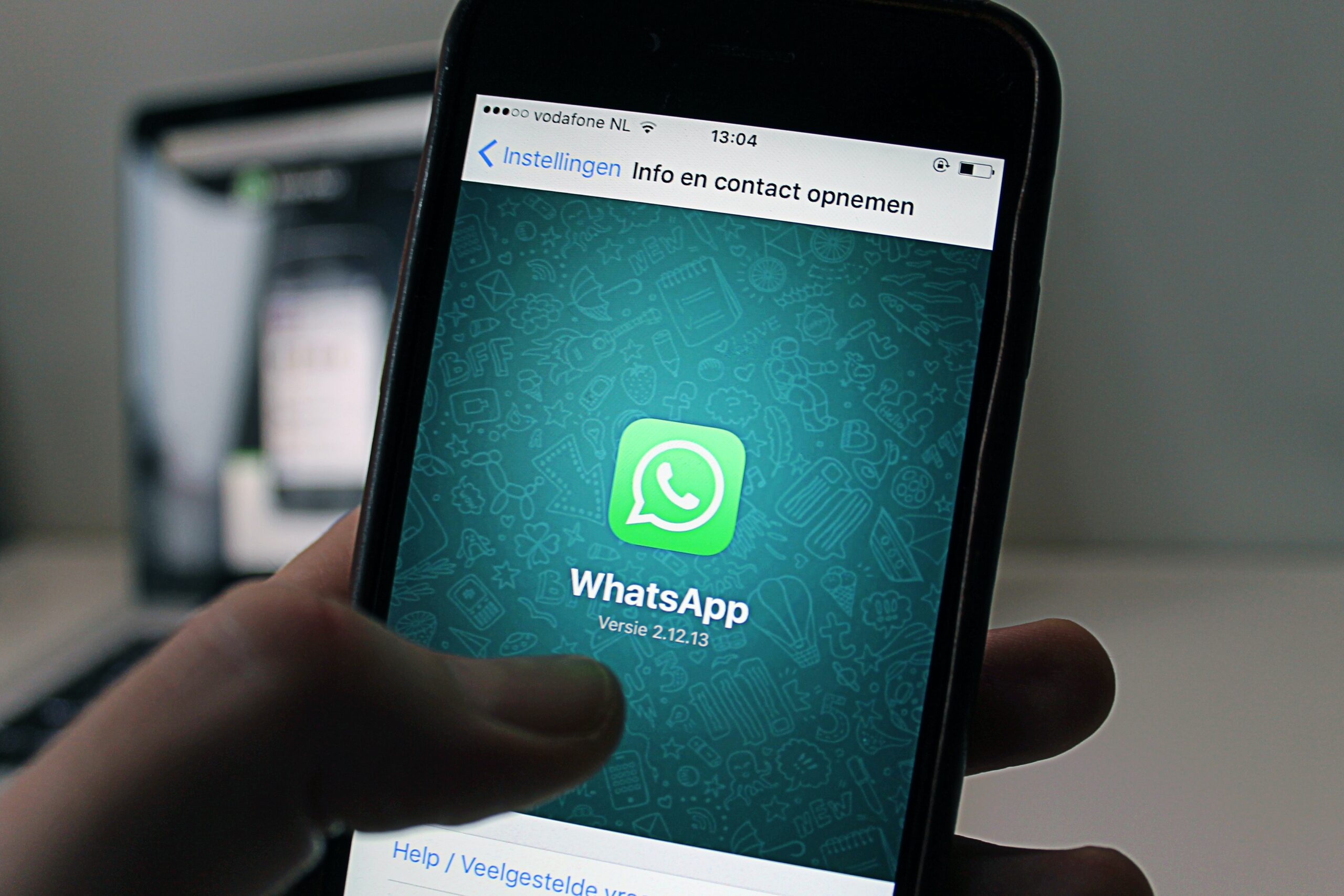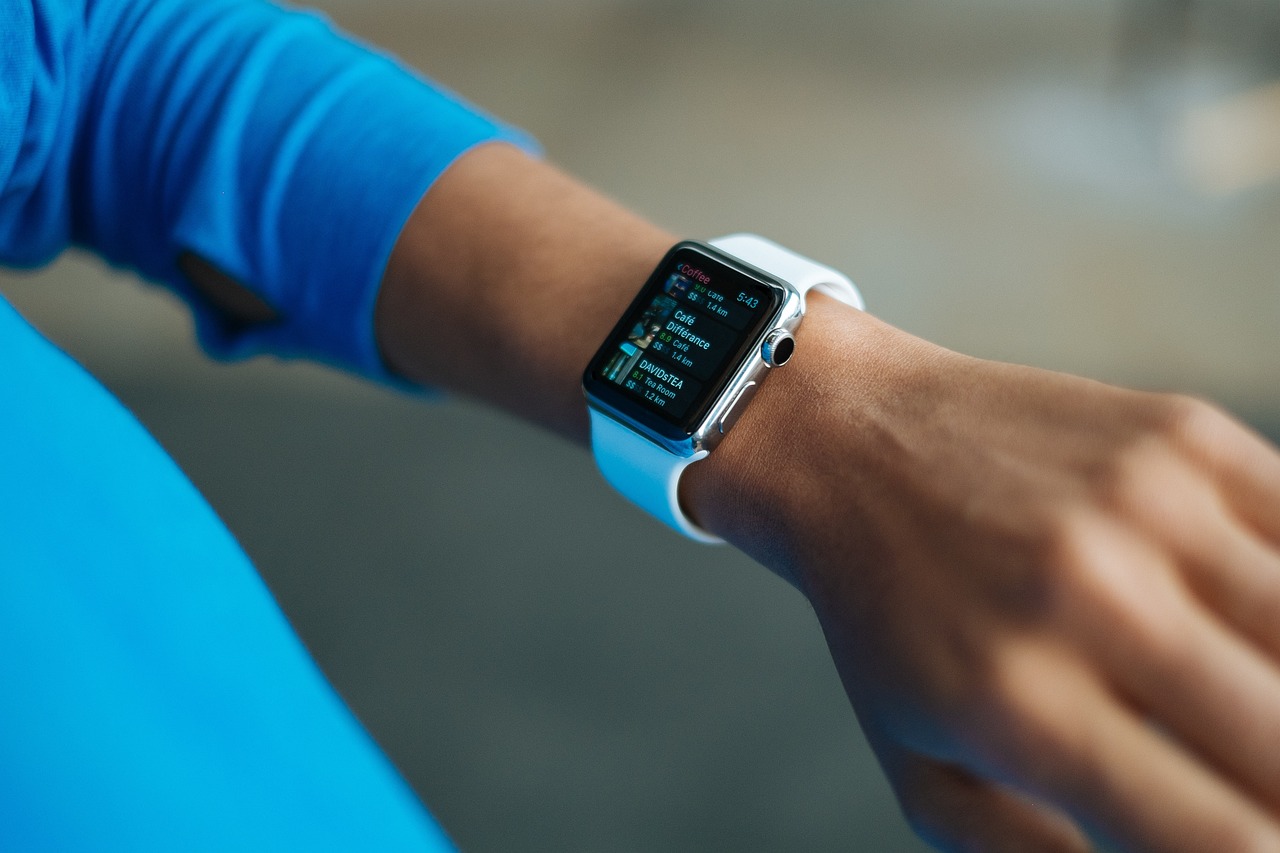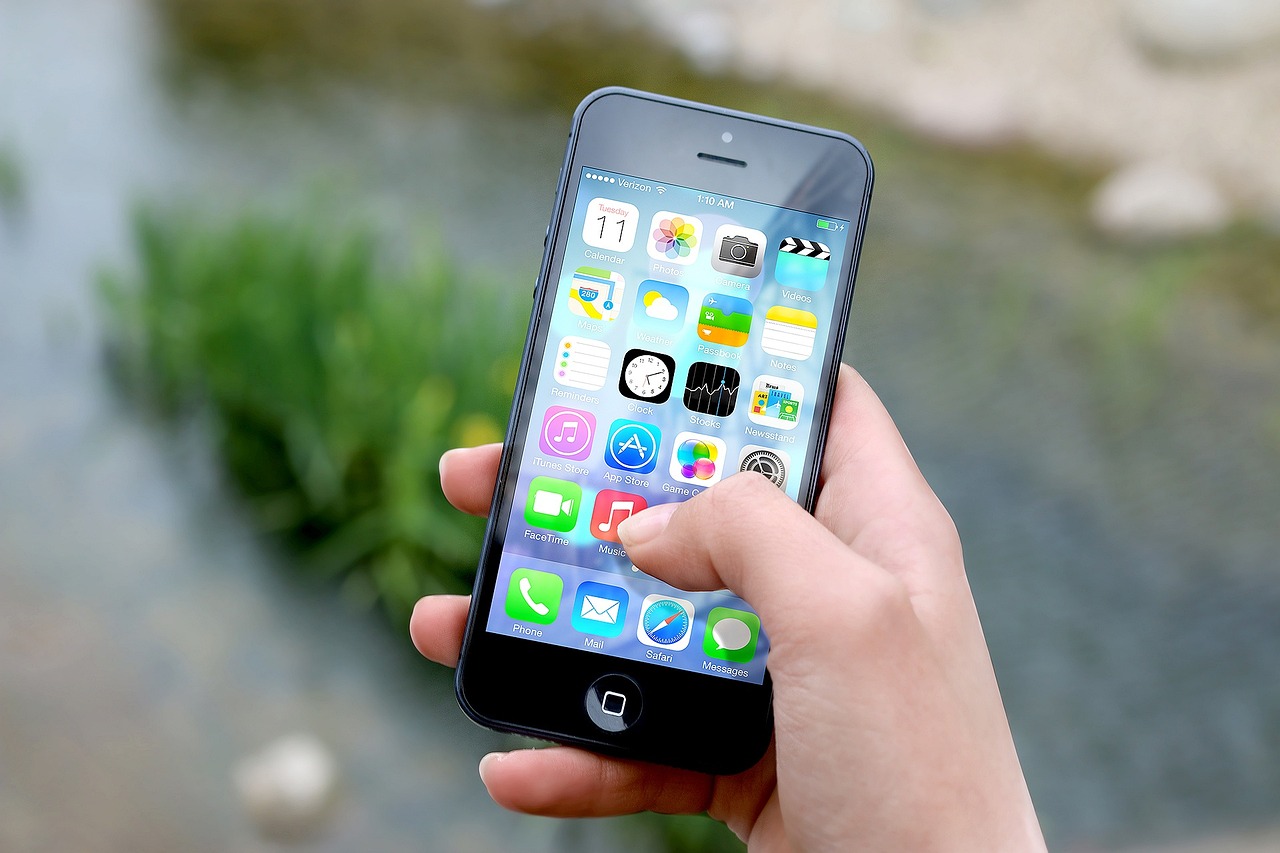Research shows that TikTok is the most used network on cell phones. Understand what this can cause.
In a single day, children and adolescents aged 11 to 17 receive an average of 237 notifications on their cell phones. Although they only answer about a quarter of them, overstimulation keeps them focused on their phones and also causes feelings such as fear of missing out on something important.
Experts agree that the infinite scrolling and auto-playing video format leaves little time for reflection. This unconsciously encourages people to stay online.

According to a study conducted by Common Sense Media in collaboration with the University of Michigan’s C.S. Mott Children’s Hospital in the US, some people logged up to 16 hours of mobile phone use, but the majority (43%) used their devices for two to five hours per day. Among the popular platforms, TikTok (50%) topped the list, accounting for 38% of the total mobile phone usage time in a day. YouTube came in second with 18%.
TikTok first
It is the young people who explain the mastery of TikTok app. According to them, the platform's algorithms “know” what they are looking for and almost always provide interesting content to watch. When users are not interested in the video, the algorithm quickly adjusts to offer other, more relevant content.
In addition to being “easy to use” because the video starts automatically without having to make a decision, short videos also provide a little dopamine hit when you want to take a break and don’t have much time.
What are the responsibilities of the platforms?
The design of the digital platform does not take into account the health of children and adolescents. This technique is like intermittent reinforcement, which comes from psychology and behavioral design: you keep surfing the web in the hope of finding something that interests you, and the longer you stay online, the more profit the company makes.
The feeling is one of reward. You swipe down the screen and feel a sense of pleasure. This behavior is explained by Skinner's work. Faced with the wave of dopamine, the individual wants more and more, and that's when addiction comes. If this effect affects adults, imagine how it exploits the weaknesses of young people even more?
How can parents encourage more conscious cell phone use?
According to the survey, receiving a cell phone is considered a “rite of passage” for most children and teens in the United States—nearly half of whom typically receive the gift before the age of 11. On the other hand, negotiating when to buy, setting usage limits, and considering the phone “an accessory they can’t live without” are all sources of stress for parents. So it’s worth making agreements with children about screen time and healthy habits.
Can the school help?
All schools have regulations regarding the use of smartphones on campus, and UNESCO recently recommended against the use of devices in the classroom. The study invited children and adolescents to reflect on how they felt about using cell phones at school (in terms of emotions, attention and thinking). One strategy to get your child or adolescent to talk about their experiences is to ask them why they think their classmates use their phones so much, for example.



